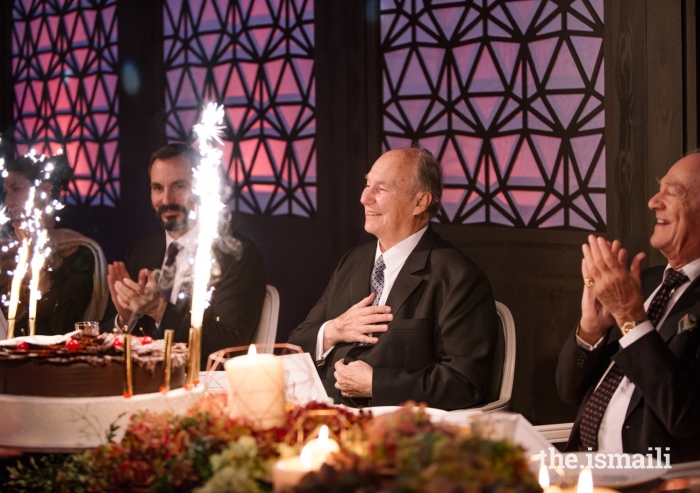The pictures that O’Neill deleted, she stated, “served no real purpose other than self-promotion.” She went on to dramatically edit the captions on the remaining 96 posts to expose the reality behind each supposedly candid image. Of one particular image, she revealed that after taking hours to get ready, she took over 50 pictures in order to get the one that she could use - spending even further time editing the image on various social media apps.
“I had it all and I was miserable” she said. “Everything I did was for views, for likes, for followers. I had the dream life and I was not happy.”
What is the relevance of O’Neill’s story and its correlation to an everyday user’s experience of social media? In an increasingly visual world, exploring the role of social media and its effects on members of society is particularly pertinent. Social media encompasses everything from the now dated Facebook to the more recent Snapchat and Instagram, with its prime demographic of users between the ages of 18 and 34.
Today, social media also plays a vital role in the distribution of information, and a central role in other aspects of our lives. It has changed the way that we access news, by publishing stories directly from the source. Permanent connectivity has become the new normal. As with everything however, there are positive aspects of social media, and other less-favourable aspects.
In a speech at Brown University in 2014, Mawlana Hazar Imam spoke of both aspects, saying, “More information at our fingertips can mean more knowledge and understanding. But it can also mean more fleeting attention-spans, more impulsive judgments, and more dependence on superficial snapshots of events.”
“Communicating more often and more easily can bring people closer together, but it can also tempt us to live more of our lives inside smaller information bubbles, in more intense but often more isolated groupings.”
The breadth of social media today has extended to incorporate lifestyle — the word ‘selfie’ has entered our everyday vocabulary. Some individuals and societies are becoming intent on inciting ‘Insta-envy’, showing off every aspect of their lives - what they eat, wear, who they are socialising with and where. We are living in a time where restaurants and holidays are being marketed to cater especially to heavy social media users. Research shows that amongst millennials, a major concern when travelling abroad is how ‘Instagrammable’ their destination is — the more exotic and picturesque the better — and therein lies a dire yet veritable conclusion - ‘If it isn’t on Instagram, it didn’t happen.’
Current social media practices — primarily centred around sharing attractive photos and images — are creating a generation dissatisfied with their own looks and lifestyle while battling a ‘Fear of Missing Out’ (FOMO). This in turn deepens their feelings of inadequacy and anxiety.
Looking at images that are carefully constructed to highlight beautiful people’s fabulous lives creates an aspiration of something unattainable, thus setting a bar for a level of perfection that is unrealistic. Needless to say, this can have a negative impact on young people’s wellbeing.
While commentators have long recognised the dangers of airbrushed images in magazines, social media has brought with it a new medium through which photos can be distorted, using filters and apps. One 2015 study found that despite over two-thirds of female respondents thinking it was wrong for magazines to airbrush pictures, 57% admitted to regularly editing their own social media pictures to enhance their appearances. More alarmingly, plastic surgeons are reporting that patients are coming to them with edited selfies of themselves, and asking to look more like the retouched photo.
Recently, frequent users of social media have reported increased feelings of depression, anxiety and loneliness. Therefore, it is important for young people to moderate how much time they spend on social media, how they are using these platforms and to recognise the negative impact it can have on their mental health. O’Neill seemingly reinforces this idea. Talking about her first ever Instagram post she said, “I remember I obsessively checked the number of likes for a full week after uploading it… I was so starved for social media validation.”
O’Neill’s decision to quit social media carries a learning for us all. In her final YouTube post she said, “Real life isn’t through screens… Go and do things that you love to do in the real world. Volunteer, help out somewhere, go to a cafe and just sit… you can go outside and meet people and feel connected. You don’t need to prove your value on social media.”
As such, rather than spending hours of time scrolling, absorbing questionable information and comparing oneself to others, our time might be better spent on other pursuits, such as being creative, enjoying nature, reading for pleasure, or learning something new. In the spirit of pluralism, it behoves us to break out of bubbles, to reach out and embrace difference, and to unplug and explore the ‘real world.’








